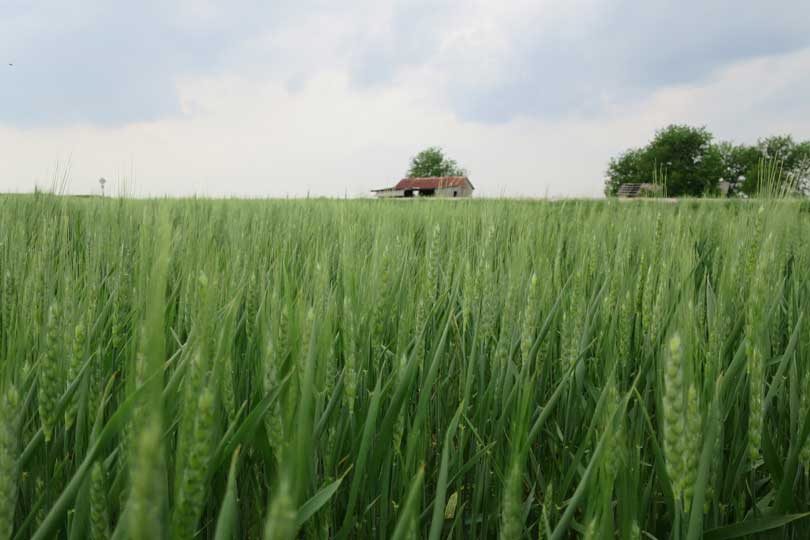The U.S. is now 111 months past the last recession—the second-longest growth period for the U.S. economy. But Agricultural Prospects President Bob Young says that whenever all the indicators are pointing in one direction, it is probably time to at least start thinking about what might happen next.
“At this stage in the game, the economy ticking along reasonably well, we’ve got very low unemployment numbers, inflation not really that much of a factor even yet, some wage growth numbers also to talk about,” Young said. “The concern is that the previous record for economic growth was 120 months, now we’re sitting at 111 months.”
An economic slowdown doesn’t seem likely within the next few months, but could be a topic of concern within the next year, Young said.
“I don’t think we’re going to talk about that for several months, but nine, 12 months from now, it wouldn’t surprise me for us to talk about an economic slowing,” he said. “I think the economy is also very vulnerable to policy actions. I don’t think we’ve yet fully understood all the implications of all the trade troubles that we’ve got going on at this stage of the game.”
He said farmers and ranchers should pay close attention to interest rate volatility.
“I think we’re going to talk about the Federal Reserve doing some interest rate rises at least a couple times yet this year. And so, then the question becomes, “What do the market-driven interest rates do as that interest rate rise occurs?” Young said. “The downside would be that the long-term rates don’t follow the short-term rate increases up and we talk about an inversion in the yield curve. When that happens, we almost always end up within a few months after that talking about a downturn in the general economy.”
For more economic insight and analysis, visit fb.org/market-intel.

